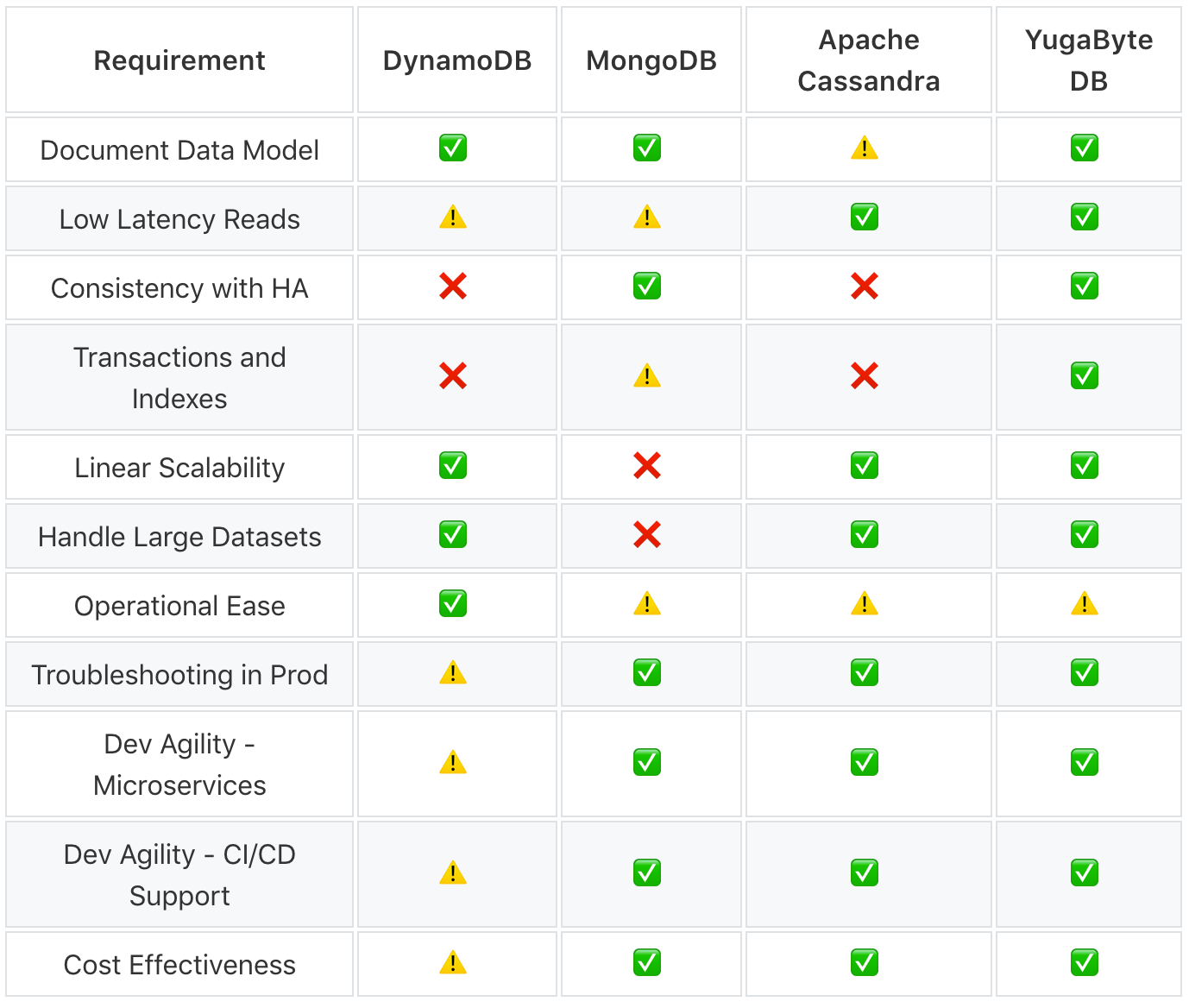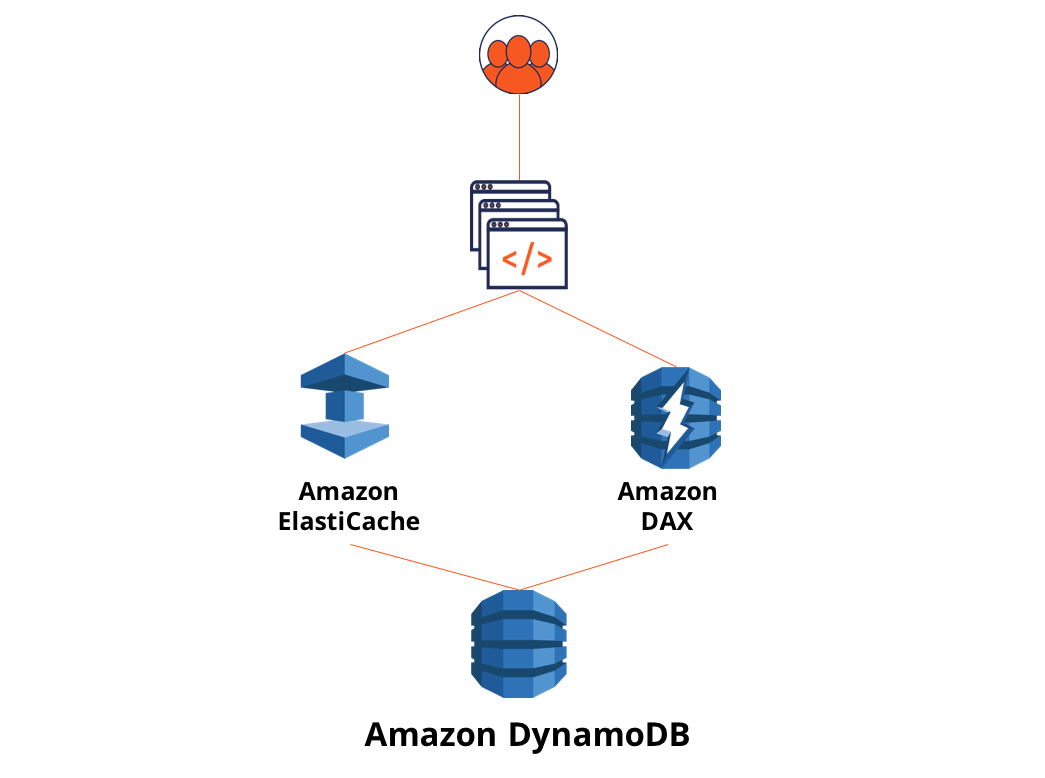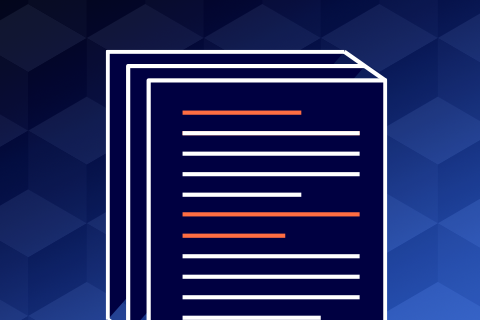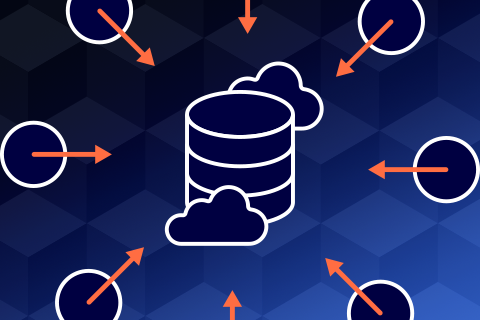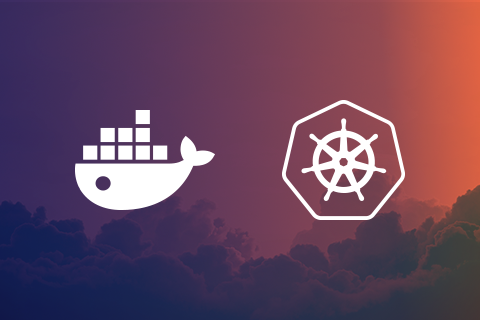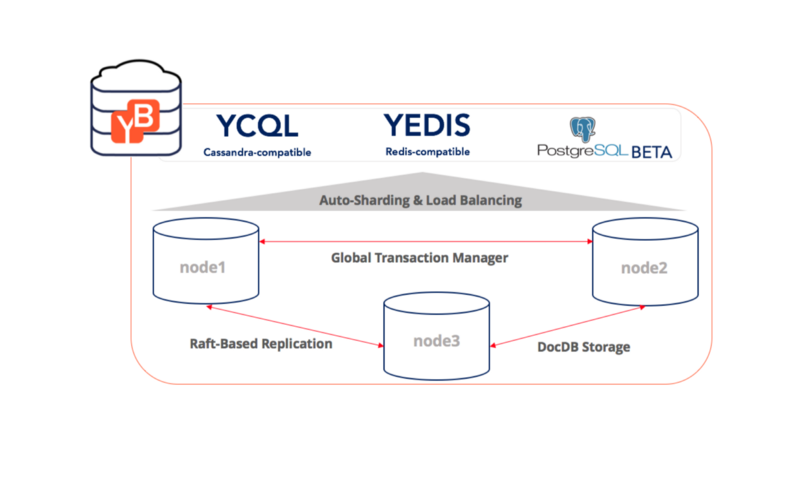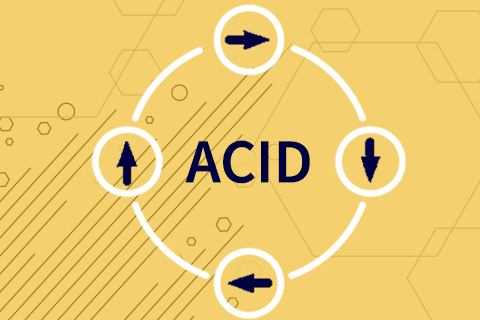How DynamoDB’s Pricing Works, Gets Expensive Quickly and the Best Alternatives
DynamoDB is AWS’s NoSQL alternative to Cassandra, primarily marketed to mid-sized and large enterprises. It works best for those who require a flexible data model, reliable performance, and the automatic scaling of throughput capacity. In a nutshell, DynamoDB’s monthly cost is dictated by data storage, writes and reads. Let’s walk through a synopsis.
